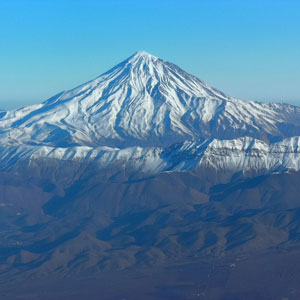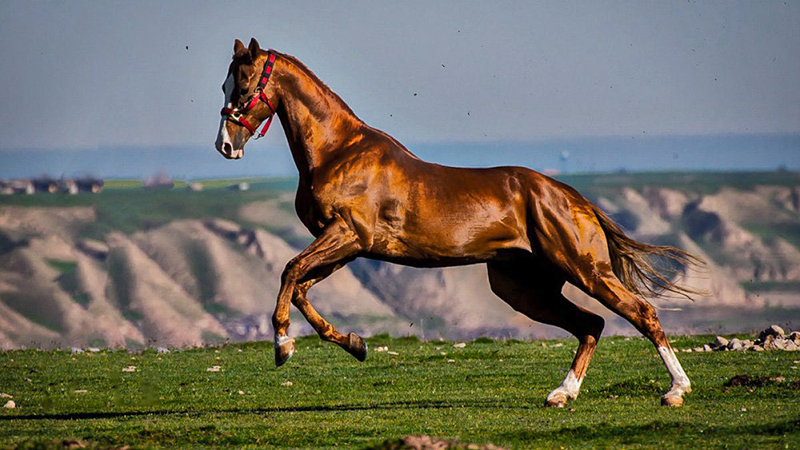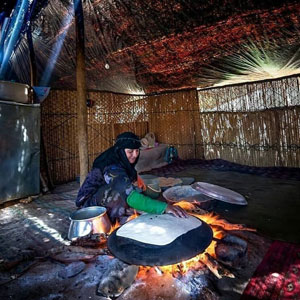 Signin with Google
Signin with Google Signin with Facebook
Signin with Facebook
 Culture,Nature
Culture,NatureThe Turkoman Ever Champion Horse

Turkmen Horse, Iran National Heritage
From the pre-Islamic era in Iran till more recent times, Turkmen horses played an important role in wars and victories of Iranian kings, especially Nader Shah Afshar, one of the most powerful rulers in history. Chinese during their emperor time were also well aware and very fond of Turkmen horses. They even called them "Heavenly Horses."
Where to find Turkmen Horses?
Iranian Turkmens live in the northeast part of the country, partly in the provinces of Khorasan and Mazandaran. They were initially inhabitants of a larger area, from northwest of Kazakhstan over Turkmenistan, Uzbekistan and Tajikistan, to the north and northwest of Afghanistan and northeast of Iran. About a third of this population live in Iran, they speak Turkish and Persian, and they have strong cultural representations. During the Stalin times, various Turkmens fled to Iran. The land they lived in is called "Turkmen Sahra." As they migrated to Iran, they did not leave their honourable culture or their horses behind. Many pre-Soviet cultures remained with them while facing sorts of improvements.
Role of Turkmen Horses amongst Turkmens
Traditionally, Turkmens were nomadic people, living as tribes in tents and villages going from one place to another. For most nomadic people, horses play an important role. They are part of their culture, tradition and identity. For Turkmens, their horse means everything to them. Their lifestyle and culture are tied with horsemanship and horse culture. Turkmens horses are beyond being just a beauty. They have a reputation for their speed, intelligence and strength. Their adaptation to extreme climate conditions makes them one of the toughest in the world.
Characteristics
Breeds, new genes and new classes
In 1881, based on the treaty of Akhal signed by the Russian Imperial and Iran, Turkmen tribes were separated; and a small part of them remained in Iran. Later on, with all the social changes throughout the years, especially during the Soviet period, one Turkmen Tribe remained loyal to their traditions and which is eminent for their horses, Akhal-Tekke and horse breeding.
Akhal-Teke is one of the most distinctive and most unusual horses in the world. It was bred in the oases of the Turkamanestan Desert in the north of Iran around 3000 years ago. Akhal-Tekkeh breeds are such that they are only suited for horse races and long-distance performances.
There are several distinguished breeds of Turkmen horses in the world, with different purities in their genes. These breeds were created to resist the new geological condition as well as the gradient mountains. A solution was to combine the blood of Persian-Arab horses with the Stallions. This crossbreeding resulted in the creation of a new class, called the Lomud. Chenaran is also a new class, which is a blend of Turkman and Arab horses. Akhal-Tekkeh, lomud and Cheraran are the three main classes in Iran. Since the 1920s, breeding is done based on tradition. The core location to find Persian-Turkmen horses is Golestan Province and Khorasan.
Why So Special?
The reason that these horses are special is their traditional breeding. A professional breeder chooses the candidates, let them move freely around the hills and mountains, observes them and makes the final decision on which stallions are suited best for carrying the generation.
Races and Auctions and Events
A popular activity in Turkmen culture is horse racing. Horse racing is performed in almost all national holidays, tribe events, wedding parties, etc. The official horse races are held in different cities such as Gonbad Kavous, Agh Qala and Bandar Turkaman since the 1920s. Also, there are annual events where people can buy and sell horses. A well-known public festival is held every year in the Sufian Village of Kalaleh County, Golestan Province.
A horse beauty contest, as well as horse racing, is another event that takes place annually. Horses are judged based on their pedigree, their walking style and appearance. Also, an auction is held a day before the event for anyone interested in purchasing new horses.
By Maryam Mobarhani / TasteIran



